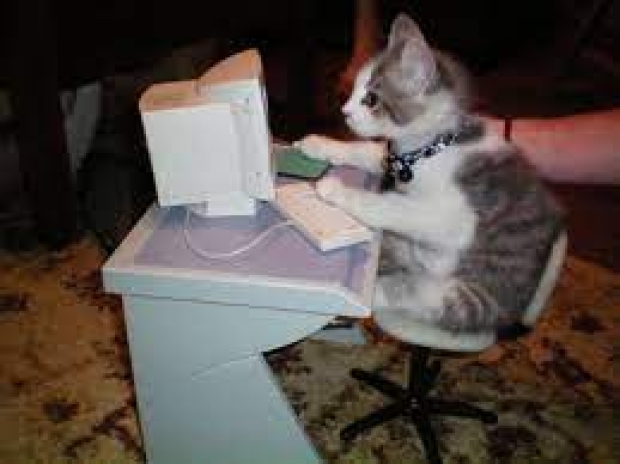Quantum computers process information using quantum bits, or qubits, but current iterations can be prone to error and Vole thinks that the field needs a new kind of qubit.
Microsoft Quantum Chetan Nayak and his colleagues say they have taken a significant step towards building qubits from quasiparticles, which are not true particles but collective vibrations that can emerge when particles like electrons act together.
The quasiparticles in question are called Majorana zero modes, which act as their own antiparticle and have a charge and energy that equate to zero. That makes them resilient to disturbances -- so they could make unprecedentedly reliable qubits -- but also makes them notoriously hard to find.
The Microsoft researchers say devices they built exhibited behaviors consistent with Majorana zero modes. The main components of each device were an extremely thin semiconducting wire and a piece of superconducting aluminum.
However, while this sounds cool this isn't the first time Microsoft has claimed to have found Majorana zero modes. A 2018 paper by a different group of researchers at the company was retracted from the scientific journal Nature in 2021 after it didn't hold up to boffins in the real scientific world poking it with sticks and making much mock.
At the time, Sergey Frolovat the University of Pittsburgh in Pennsylvania and his colleagues found that imperfections in the semiconductor wire could produce quantum effects easily mistaken for Majorana zero modes.
"To see Majorana zero modes, the wire must be like a very long, very even road with no bumps. If there is any disorder in the wire, electrons can get stuck on these imperfections and assume quantum states that mimic Majorana zero modes," says Frolov.
In the new experiment, the team used a more complex test called the topological gap protocol. To pass the test, a device must simultaneously show signatures of Majorana zero modes at each end of the wire, and also show that the electrons are in an energy range where a special kind of superconductivity emerges.
"Rather than look for one particular simple signature of Majorana zero modes, we looked for a mosaic of signatures," says Nayak.
The researchers tested this protocol on hundreds of computer simulations of devices, which considered any impurities in the wires, before using it on experimental data. Nayak says they calculated that for any device that passed the topological gap protocol, the probability of there not actually being a Majorana zero mode within it was less than eight per cent.
However, the non-Volish boffins are already unconvinced. Henry Leggat the University of Basel in Switzerland and his colleagues recently published a set of calculations showing that this test can be fooled by impurities in the wires. "The topological gap protocol as currently implemented is certainly not loophole free," he says.
Frolov says that a few details imply that what seem to be Majorana zero modes would be revealed as an effect of disorder if the experiment were repeated with even more sensitive measurements. These include small differences between measurements for the left and right edges of the wire, as well as the measurements of electrons' energies -- the same energies can be indicative of emerging Majorana zero modes or of dirt trapping the electrons.
Anton Akhmerovat the Delft University of Technology in the Netherlands says that for him, the new experiment is not viable evidence that Majorana zero modes have been detected until another team of researchers reproduces it. But this may be difficult as some details of how Microsoft's devices were manufactured have not been published on account of being trade secrets, he says.




